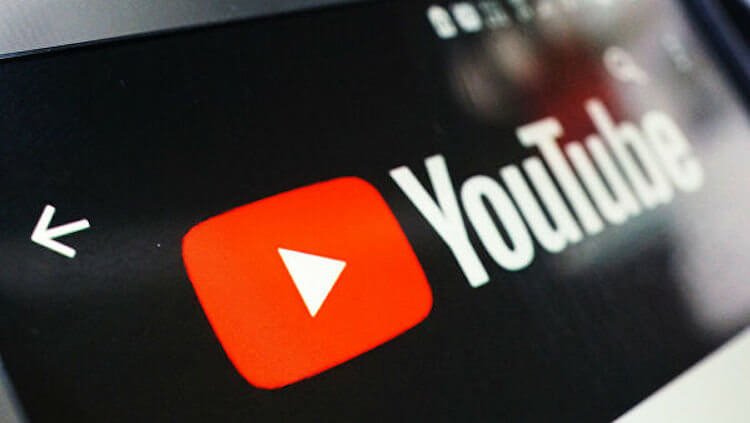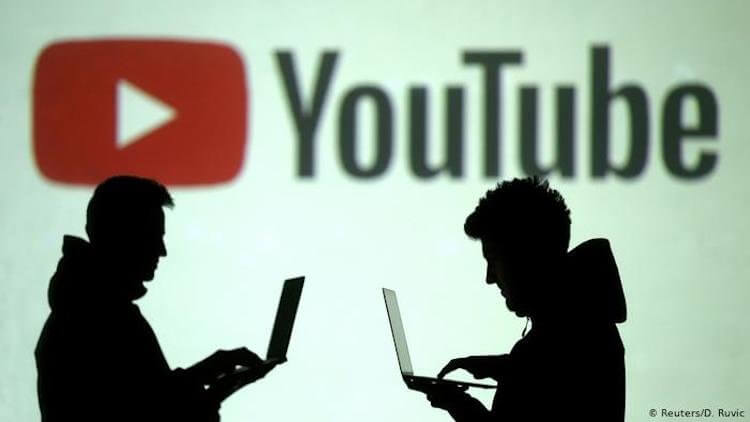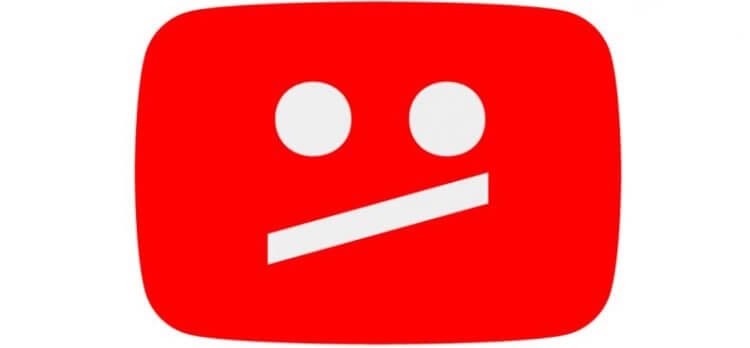Despite the fact that the coronavirus has not yet completely left our lives, it loosened its grip a little (or society simply relaxed) and everything began to gradually return to normal life. It is very pleasant and not only for us. Tech giants have also survived this period and are gradually removing restrictions that were introduced at the beginning of the year. For example, YouTube, following Netflix, introduced a limitation on the quality of the broadcast video. This happened due to the fact that a large flow of people who remained in quarantine could simply bring down the company's servers, or simply overload the global network. Now some of the restrictions have been removed, but not everything is so simple.

Many people love YouTube, but sometimes you have to put up with the loss of quality.
Decreased YouTube video quality
Initially, the decline in quality was really presented as a response to requests from global providers to reduce the load on the networks. After all, millions of people stayed at home and they had nothing to do. Because of this, they began to consume content much more actively.
What should have become a temporary restriction has been in effect in many countries for more than three months and has not even thought of filming yet. In Russia, so far, everything is more or less normal with quality, but do not rush to rejoice. Everything is not so simple, and the situation in other countries may indicate what is worth waiting for.
In some countries, the quality was reduced to 720p, while, for example, in India, it dropped to 480p. Just imagine what such a low resolution is in our time. Yes, for a phone that, in principle, cannot produce more than 720p, this is still bearable, but for those who are used to at least FullHD, this will become an incomprehensible jumble of pixels.
How to bypass YouTube restrictions
To get around this limitation, residents of such countries found how to change the device in their profile to a tablet, because there were no such strict restrictions for tablets and desktops. But in order to do it, you still had to take a tambourine and dance a little around the smartphone. There was also a VPN option, but this is either the same quality in the case of free use, or additional money for a higher and more stable connection.

Users choose completely different devices for watching YouTube, but the computer has been better lately.
Now the restriction is partially removed. For example, in India it is now possible to view 720p video. The YouTube mobile app has started to get rid of the SD limitation and is no longer 480p by default. Users are again seeing higher resolution options, including 720p and 1080p – even 2K if their phone supports that format.
So far, this opportunity is not being introduced everywhere, but there is progress. However, the relaxation of restrictions will only apply to those users who watch videos over Wi-Fi. If they switch back to cellular, the quality drops back to 480p.
Considering that the majority of the inhabitants of this country use access to the global network via 4G, little will change for them and they will get about the same as they had before.
What will happen to video services
What does the situation in India tell us? It may seem that this is far away and we should not think about it, since everything works well for us. But it is not so. First of all, we see that YouTube is finally starting to remove restrictions on viewing in almost all countries. Especially in those where users began to gradually leave the house. Although India still has poor statistics on coronavirus (at the time of this writing, about 1,000,000 people have fallen ill, and almost 26,000 have died), the country's residents have begun to gradually return to normal life.
In other countries, where the epidemic started later or where people are still in quarantine, the situation with services is still not very good.

When YouTube works at low quality, it's still better than when it doesn't work at all.
This may indicate to us that YouTube and other services are still wary of what is happening in the world and are in no hurry to remove restrictions, because there may be a second wave that has already begun in some countries, including Europe. In Russia, so far, everything is fine with the video quality, but this can also change and return to the state that was about three months ago.
Surely the current circumstances also bring positive moments for users, because the increased load will force content distributors to increase their capacity. As a result, they will be able to cope with the increased load and for content consumers this will give an opportunity not to face restrictions and freezes.
Operators and providers will also increase their capacity. They are probably the most interested in the growth of traffic volume, because this is their business. The current situation will affect them too. As a result, they will make the network throughput increase and we will get higher speed and less drawdown during peak hours.
Summing up, it is worth noting that the pandemic, despite its negative consequences, brought certain advantages for society, giving impetus to the development of technologies. Well, the situation in India shows that it is too early to relax and YouTube, although returning to normal life, can still take a step towards restrictions, like other services. So it's too early to rejoice.
